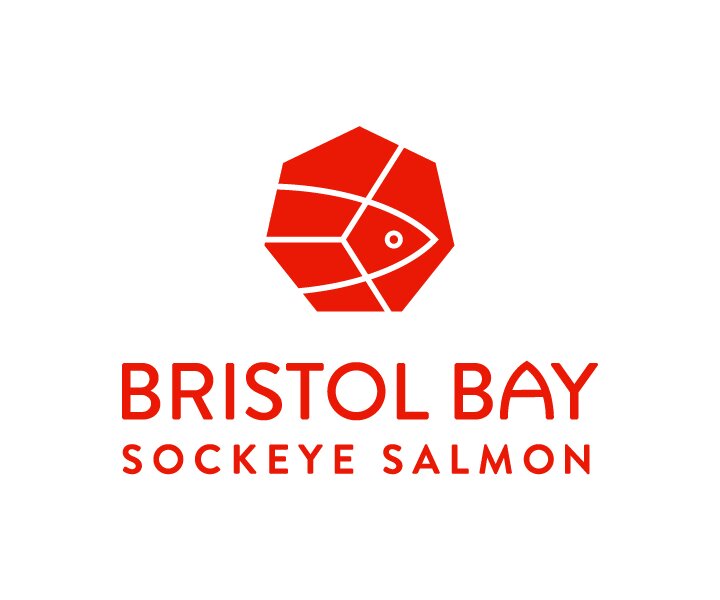What Does The New Relief Bill Mean for PPP Loans?
/There is some uncertainty around the PPP forgiveness process especially with the announcement of the $900 billion emergency pandemic relief package approved by Congress on 12/21/20. Many questions remain unanswered and the most reliable source of information is most likely your lender.
With regard to the question, how does the new relief package impact an existing PPP loan? This article from the National Law Review is helpful, and says:
"The Act changes PPP primarily in three ways.
-First, the Act allows new PPP loan applications to be submitted by eligible applicants that never obtained a PPP loan.
-Second, the Act permits some businesses that have already obtained a PPP loan to obtain a second PPP loan, called a "PPP second draw."
-Third, the Act changes PPP rules—for existing PPP loans, new PPP loans, and PPP second draws—in the areas of eligibility, allowable expenses, forgiveness, and more. Whether you already have an existing PPP loan, are interested in obtaining a PPP loan, or want to obtain a PPP second draw, the Act makes changes to PPP rules that may be relevant to you."
The article addresses the question-
"I already have a PPP loan and do not want a PPP second draw. How am I affected?
Many PPP borrowers that obtained an initial PPP loan have spent all of their loan proceeds and either have applied for loan forgiveness or plan to apply for loan forgiveness in the near future. Nevertheless, the Act impacts existing PPP loans in a number of ways.
First, PPP borrowers with loan amounts up to $150,000 may obtain loan forgiveness by submitting a one-page certification to their lenders that describes the number of employees retained due to the loan, estimates the total amount of the loan spent on payroll costs, and states the total loan amount. Notably, the SBA may review and audit these loans to ensure against fraud. Therefore, PPP borrowers that submit the one-page certification must maintain documentation that accurately supports the certification.
Second, EIDL advances are no longer deducted from a borrower's forgiveness amount. The SBA will issue rules to ensure that borrowers are made whole if they received forgiveness and the EIDL advance was deducted from that amount.
Third, PPP borrowers can now elect a covered period that ends at any point between 8-weeks and 24-weeks after loan disbursement. Previously, PPP borrowers that obtained their loans before June 5 could elect either an 8-week or 24-week covered period."
The SBA site currently states that borrowers have 10 months after the last day of the covered period to apply for forgiveness before they will be asked to begin making payments (source). This FAQ doc defines the Covered Period is either (1) the 24-week (168-day) period beginning on the PPP loan disbursement date, or (2) if the borrower received its PPP loan before June 5, 2020, the borrower may elect to use an eight-week (56-day) Covered Period.
Based on this information and assuming most fishermen applied for PPP in July or August, this 10-month deadline will fall around May or June. Also, assuming most fishermen received loans under $150,000 they will be able to use the one-page forgiveness application although this should be confirmed with each person's lender.
BBRSDA will continue to research this topic and update posted information.




